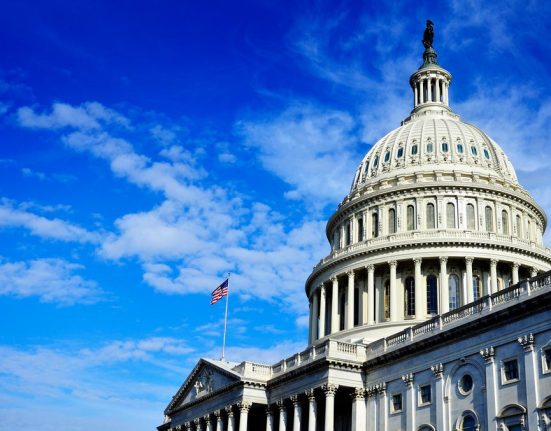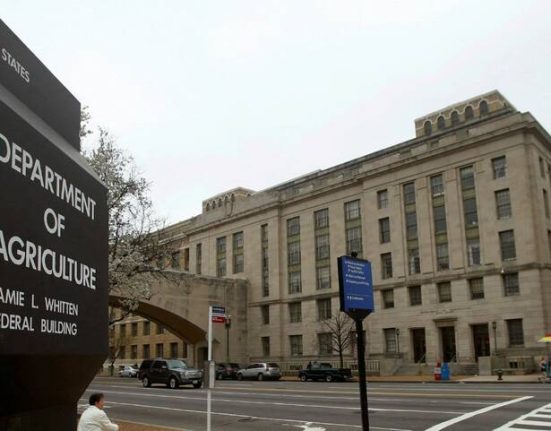Anyone who has gone after a big goal knows you can’t get there without a plan. (Ever tried to run a marathon without full preparation or training? Not a good idea.)
Practical strategies and schedules are integral to success for businesses, too, particularly when the objective is to reduce pollution and its impact on people and the planet. But a discouraging recent report highlighted that though many energy corporations claim sustainability-supporting intentions, many are behind in creating realistic approaches to actually achieve those goals.
What’s happening?
In a story published by Reuters, major bank Citi reported that, after analyzing data from 2021 loan books, “almost half of the energy companies Citi lends to are lacking plans to cut back greenhouse gas emissions.”
Citi, the nation’s fourth-largest bank, has set an ambitious “net zero” aim by 2050, as Reuters noted. The plan details that, less than three decades from today, businesses financed by Citi would “lead to no more greenhouse gas emissions than can be absorbed by technology or natural systems like forests.”
Optimistic, right? Except that, per the data, only 8% of Citi’s energy clients “had a ‘comprehensive and ambitious transition plan … and demonstrated ability to execute'” in reducing all types of pollution, Reuters explained.
It’s worth noting Citi is ranking these businesses itself using “actual company emissions as sourced through Sustainable1 or CDP” or “publicly available databases,” among other factors, and seemingly doing so in an effort to hold them accountable to improve in order to continue receiving financing from the bank. That said, actual financial changes made speak louder than words threatening them, so Citi’s actions in the years ahead will reveal how serious the bank is about shifting its loans and investments to cleaner ones.
Why is this important?
Citi’s chief sustainability officer, Valerie Smith, spoke to Reuters regarding the disappointing data: “We are still in building mode. … The energy transition is a monumental effort; it is not happening overnight.”
Maybe not, and to be fair, the newly analyzed data is from 2021, the same year Citi set its net-zero goal on its investments. But that’s no reason to stall, either: Pollution from these companies can lead to significant, harmful outcomes for our communities around the globe, among them human health hazards (like asthma and other respiratory conditions caused by breathing polluted air), destruction of animal and plant ecosystems (thanks to contaminated water sources), and extreme weather events (from excessive heat to longer droughts to stronger storms).
What’s being done about it?
On Citi’s end, the implication is that it will gradually shift its financing away from high-polluting companies to sustainable ones over the coming decades. As noted above, though, while it’s unreasonable to expect any company to go straight to zero overnight, meaningful change can happen immediately and then be iterated upon, so future reports from the bank will be especially illuminating to see if it’s willing to move on from some of the highest-polluting companies in its client portfolios.
Transitioning from fossil fuels like oil and gas to alternative energy sources like wind and solar power is how energy companies can do their jobs while minimizing toxic pollution. Making these swaps can also lower costs for businesses while increasing access to tax initiatives and funding opportunities.
Everyone can play a part in reducing pollution. Industry leaders can look to innovative peers powering a sustainable path forward — or even spearhead their own unique initiative, garnering customer loyalty and public support. Everyday consumers can help out, too. Driving less, using energy-efficient appliances, limiting power use (a win for your wallet), and even looking into your own alternative energy options are all ways to keep a bright, clean vision of 2050 in reach.
Join our free newsletter for cool news and actionable info that makes it easy to help yourself while helping the planet.







